Away
Fall in the Gaspé Peninsula
A few suggestions to set off on an adventure in La Pointe — a part of the peninsula that feels very different in the fall, once the crowds have gone.
Text—Mélanie Gagné
In partnership with

Have you ever explored the Gaspé Peninsula in the fall? This season is about contemplation and relaxation — which is almost surprising given the riot of greens, yellows, oranges, and reds of the forest that will leave you speechless. We encourage you to soak up all of this beauty as often as needed.
Visiting in fall allows you to adapt your rhythm to whatever comes your way, at your own pace, and to discover people and places spontaneously. You should still make reservations for the activities you love doing the most; you can never be too careful. For everything else, there’s a lot of room for improvisation.
We hope to inspire you to take a four-day fall road trip to the tip of Gaspésie (the Forillon, Gaspé, and Percé Regions). This summertime high-traffic region will seem completely different to you, that’s a promise!
Note: Many of these places are open year-round, but some operate only until September–October. For a more satisfying experience, we strongly suggest that you do the necessary checks — including those related to pandemic safety — before setting off.
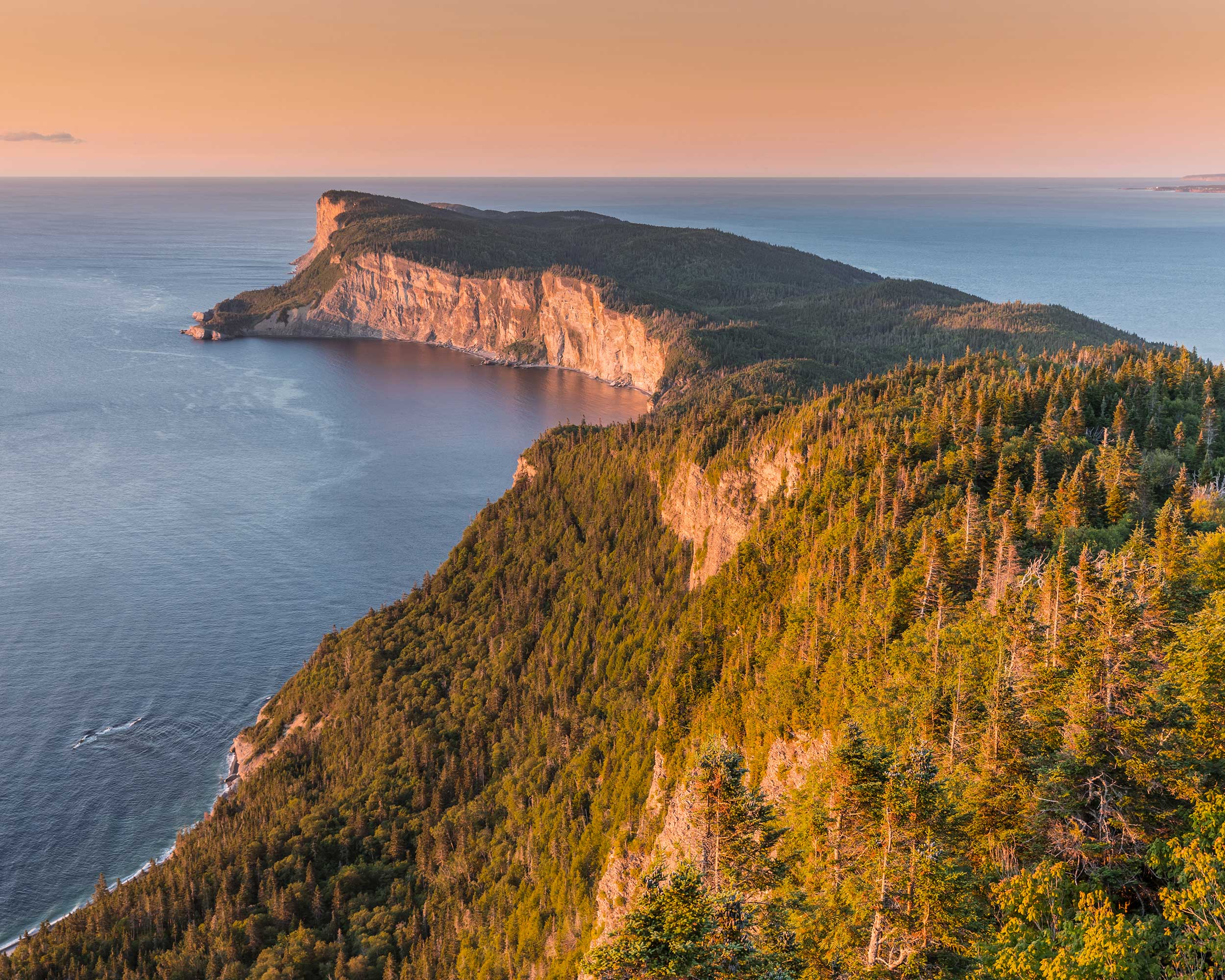
Day 1: Forillon and its surroundings
___
Beaches, hikes, and cardigans
Fall in Forillon National Park is magical. We suggest you carry a camera and binoculars in your backpack so that you don’t miss a moment of the multicoloured spectacle of nature. As of September, the air can get very chilly, so don’t forget your cardigan.
Start your day on the Les Graves Trail, which crosses woodlands and fallow fields overlooking the coves. If you’re lucky, you can see marine mammals there. The last section of the trail takes you to the end of the Forillon peninsula, in Cap-Gaspé, where a white and red lighthouse perches atop a cliff. This is the famous Land’s End.
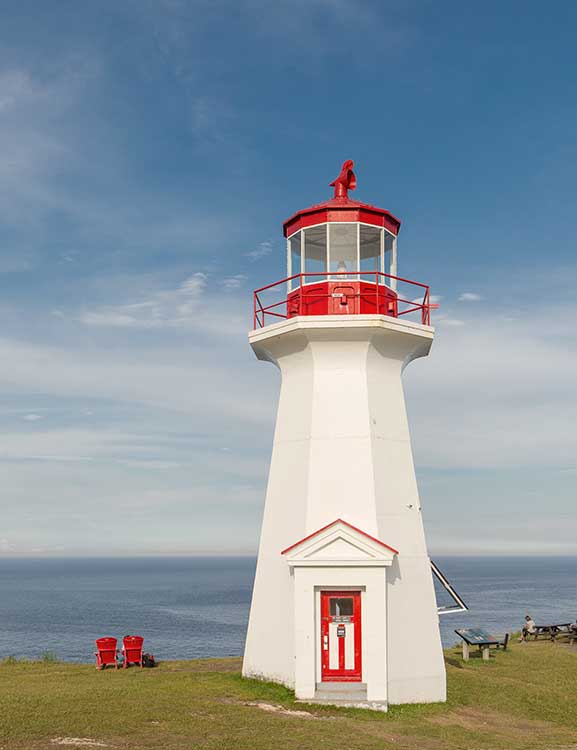
Another hiking suggestion: the Mont-Saint-Alban Trail, which can start either at Cap-Bon-Ami, at the Havre de Grande-Grave, or at Petit-Gaspé. It leads to an amazing observation tower (285 m elevation), with forest, cliffs, and the sea as far as the eye can see. What could be better than a leisurely stroll on a beach in the fresh, salty air to recharge your batteries after a good hike? Cap-des-Rosiers Beach offers an incredible view of the river, the Cap-des-Rosiers lighthouse, and Cap-Bon-Ami. The sound of waves on the pebbles is completely captivating. You might even come across wild algae picker Antoine Nicolas snorkelling in the area.

Otherwise, opt for Penouille Beach, one of the most beautiful sandy beaches in the province. It’s located in the bay of Gaspé, so don’t forget your swimsuit! September still has some tranquil, warm days.
For on-site sleeping accommodations, we recommend Les Chalets du Parc.
Émilie’s Top Tip: Émilie Devoe, Forillon National Park’s cultural resource management consultant, suggests hiking La Taïga, in Penouille. This easy hiking trail is particularly breathtaking in fall, with mosses of different shades of green. The salt marsh next door is home to many migratory birds; keep an eye out for them!
_____
Discover the village of L’Anse-au-Griffon
After a day outdoors, change pace and unwind for a few hours in L’Anse-au-Griffon. Try Gaspésian beer on the Griffon Aventure patio. (This place also offers accommodation: camping, rooms, rustic cabins.) Then stop by the La Crevette du Nord Atlantique Inc. factory to buy fresh Nordic shrimp. If you’re camping, this is an opportunity for you to make a good old guédille (shrimp roll)! End your journey with a visit to the superb Manoir Le Boutillier, which speaks to how important the fishing industry has been to the village for a long time. Or you could check out the Centre Culturel Le Griffon, which puts on shows and exhibits, and is located in a former cold-storage warehouse. The latter also has a coffee area, with a tempting menu featuring many local products.
_____
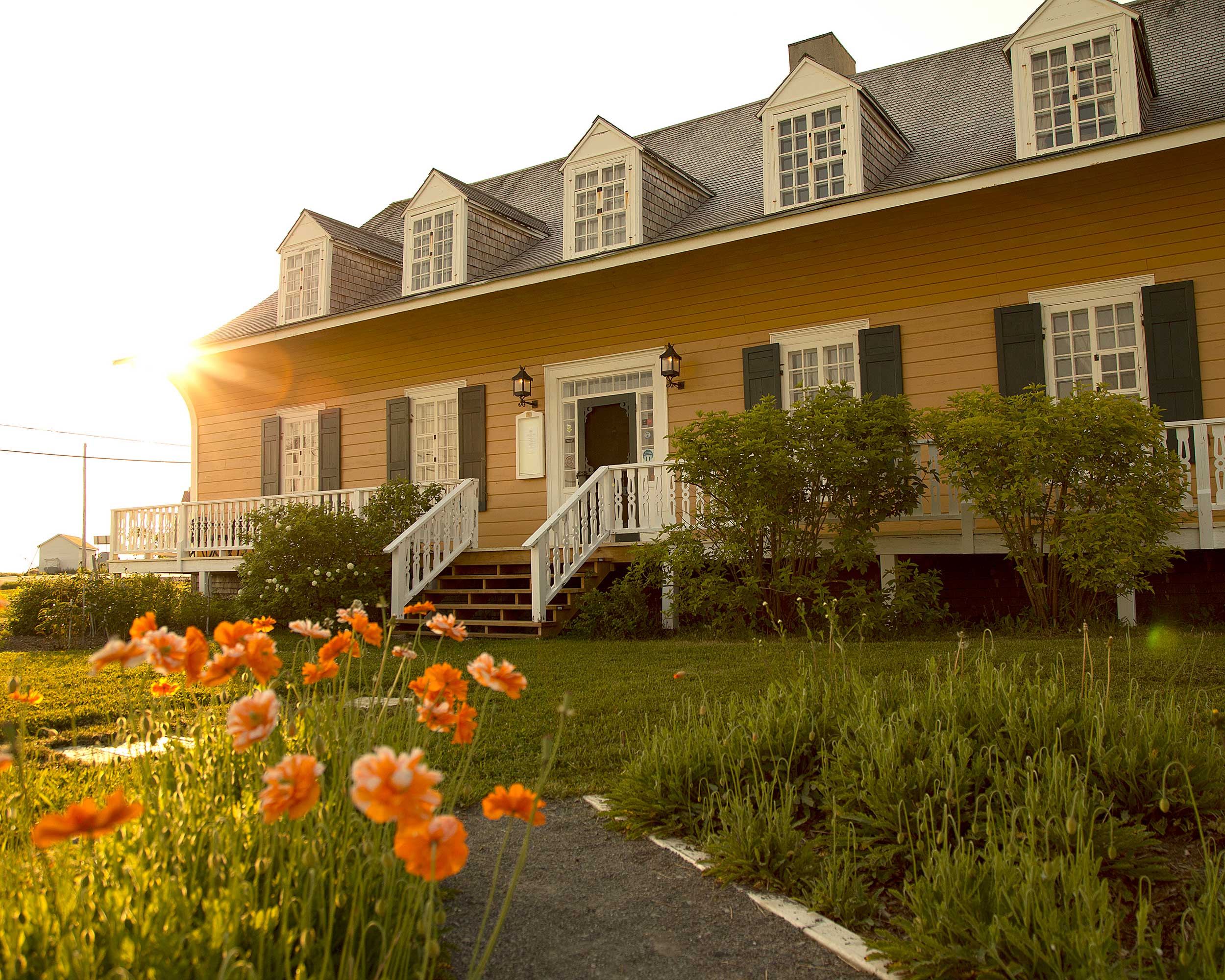
Day 2: Gaspé
___
Picnics, history, and marine life
Gaspé Bay is rich in food for marine mammals. In the fall, you can still watch whales and white-sided dolphins in a laid-back atmosphere. And don’t hesitate to book a morning zodiac or kayak excursion with Cap Aventure.
For a gourmet picnic, you absolutely have to check out the Gaspésian Marché des Saveurs on Rue de La Reine. You’ll be dazzled by the abundance of artisanal products: smoked fish, cheese, daisy bud capers, milkweed ketchup, and more. Next, move on to the nearby fishmonger Le P’tit Bateau for a pot of marinated fish, oysters, or Nordic shrimp. After that, load everything into the car and head for Haldimand Beach; the atmosphere is particularly calm in the fall. It’s a perfect place to savour the meal and local craft beer that you picked up on the way at the Cap Gaspé microbrewery, established by the Côté family. As a bonus, you’ll have a view of Forillon National Park.

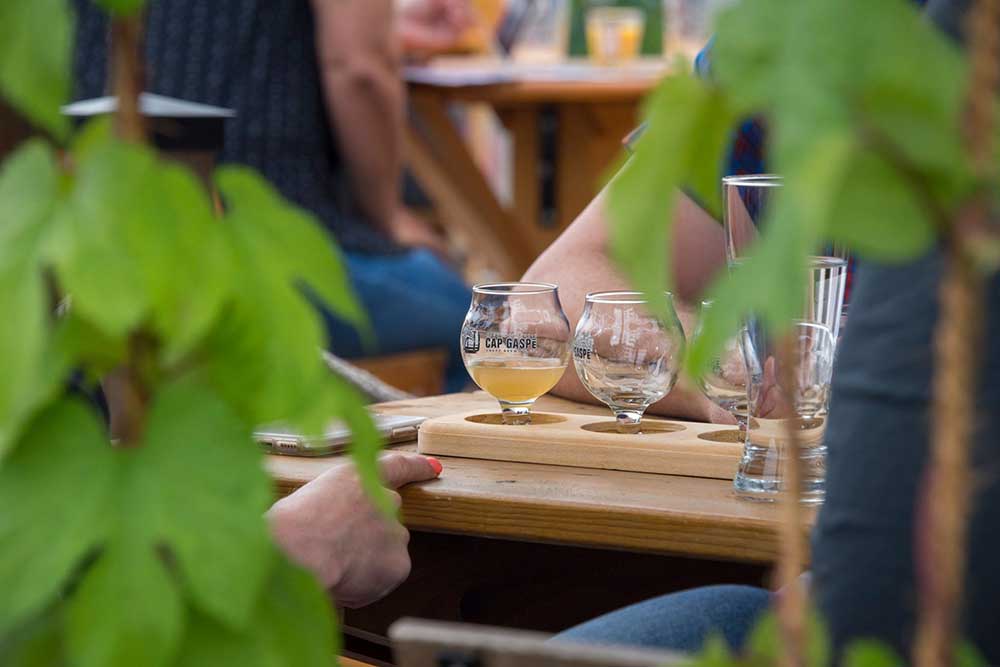
For history buffs, a tour of the Musée de la Gaspésie is a must. The new exhibit, Where Worlds Meet, addresses pivotal moments in the history of the peninsula, from cod fishing to the songs of La Bolduc.
As for accommodation, you can choose between Auberge sous les arbres — where Claudine will welcome you with legendary enthusiasm — and Les chalets du bout du monde.
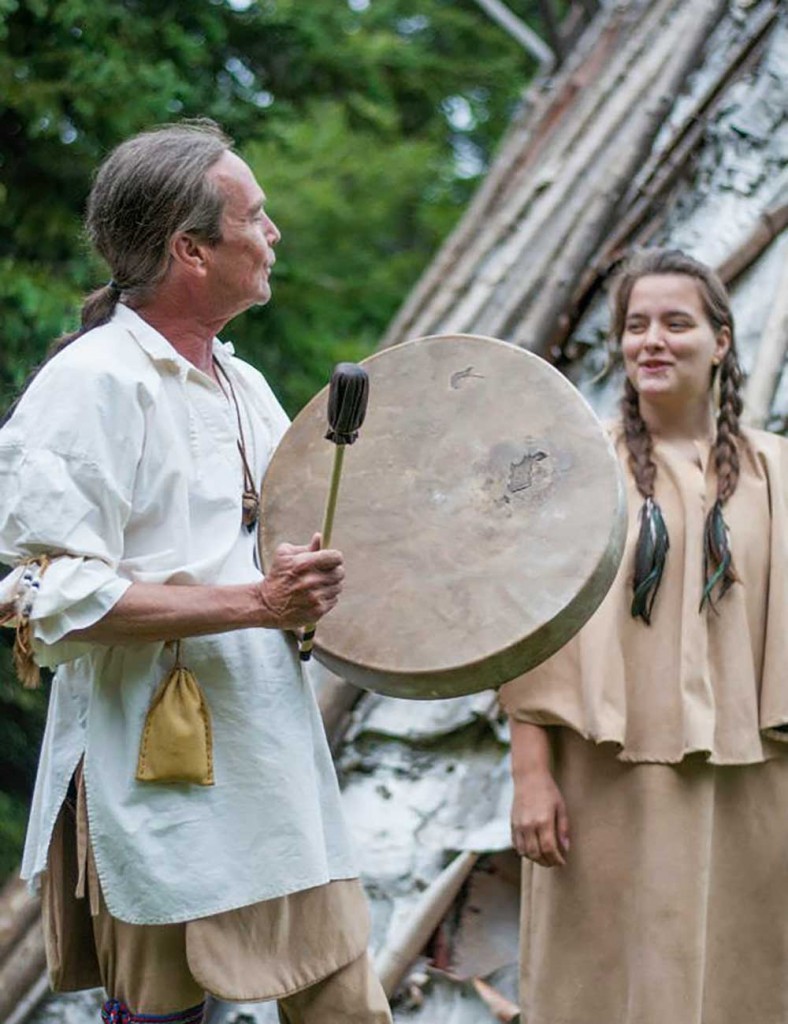
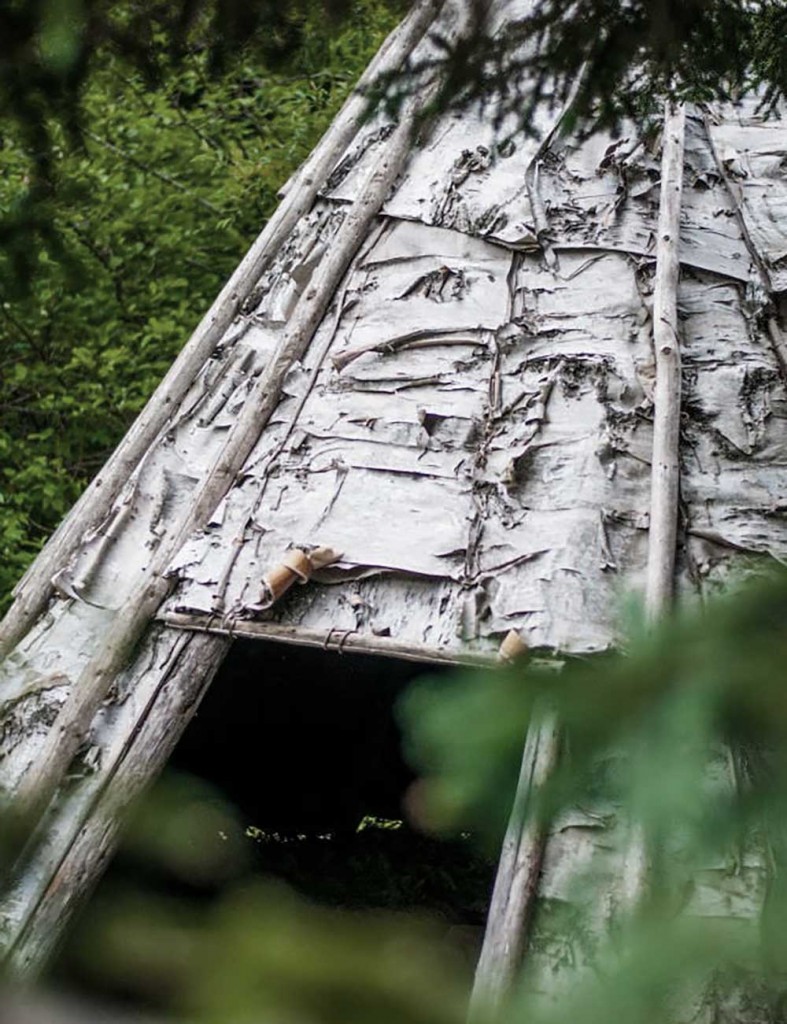
_____
Get to know the Mì’kmaw community
The Mì’kmaq are one of the 11 First Nations of Québec. In the Gaspé Peninsula, there are three communities: Listuguj, Gesgapegiag, and Gespeg (near Gaspé). At the Gespeg Micmac Interpretation Site, guide Tim Adams will teach you about the history of his people, from 1675 to the present day. Tim learned to speak his native language, Mì’kmaw, as an adult. He makes a point of passing on his knowledge to subsequent generations. We strongly suggest a visit to learn from this extraordinary culture.
_____
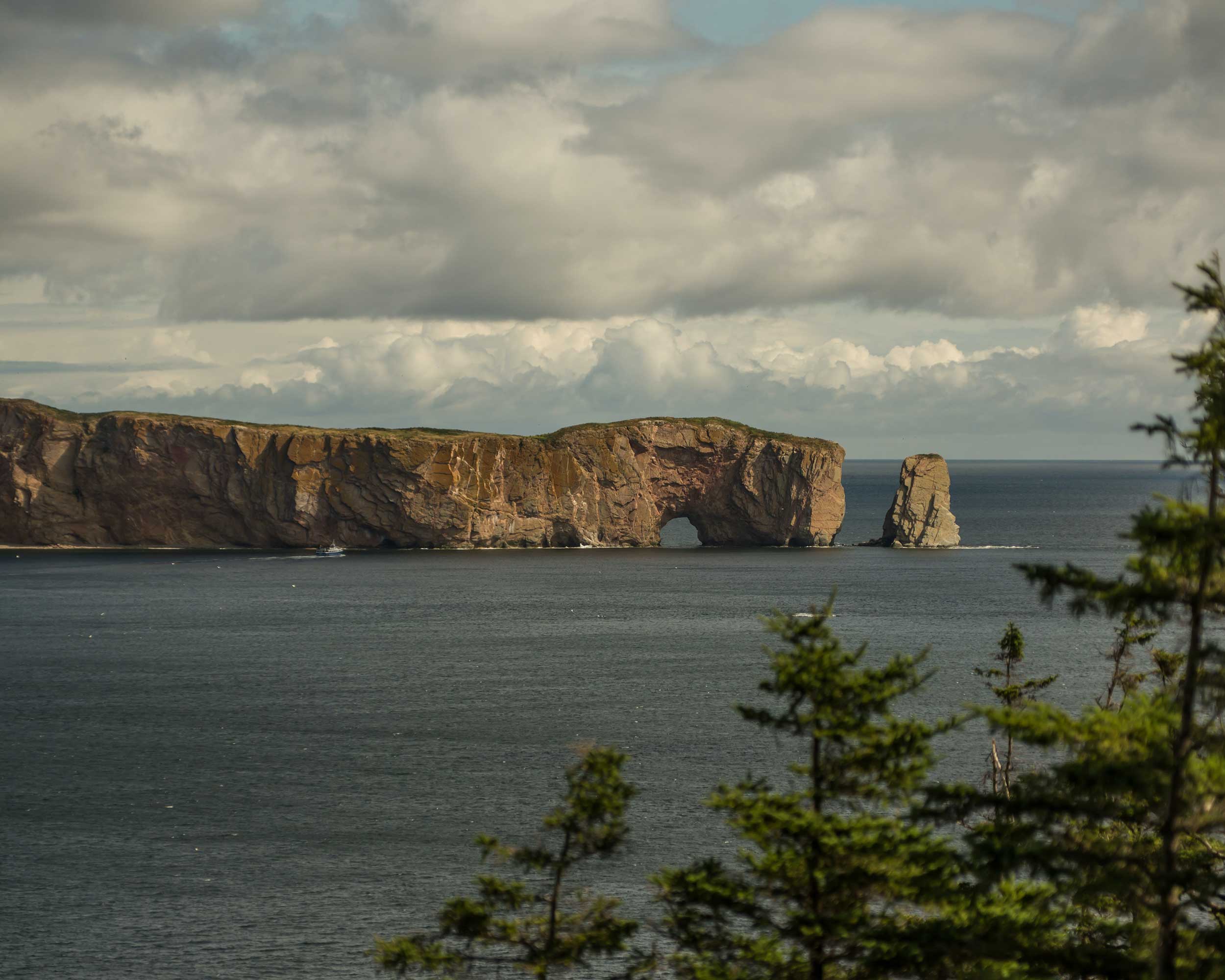
Day 3: Percé and its surroundings
___
Beers, strolls, and Northern gannets
Percé is the ideal place to learn the art of strolling, especially in the fall. The refitted promenade by the sea is a great place for it: a bench, a notebook, a camera, and you’ll hardly notice time passing. It’s no wonder that Percé has been a muse for artists. It’s easy to imagine poet André Breton writing Arcane 17 while contemplating Percé Rock.
Take a boat trip to spot whales, seals, and seabirds. If you want, the boat can leave you on Bonaventure Island for a few hours. This island was once inhabited by fishing families. It’s now mainly used as a refuge for a colony of Northern gannets. It’s fascinating to watch them dive into the sea to feed.

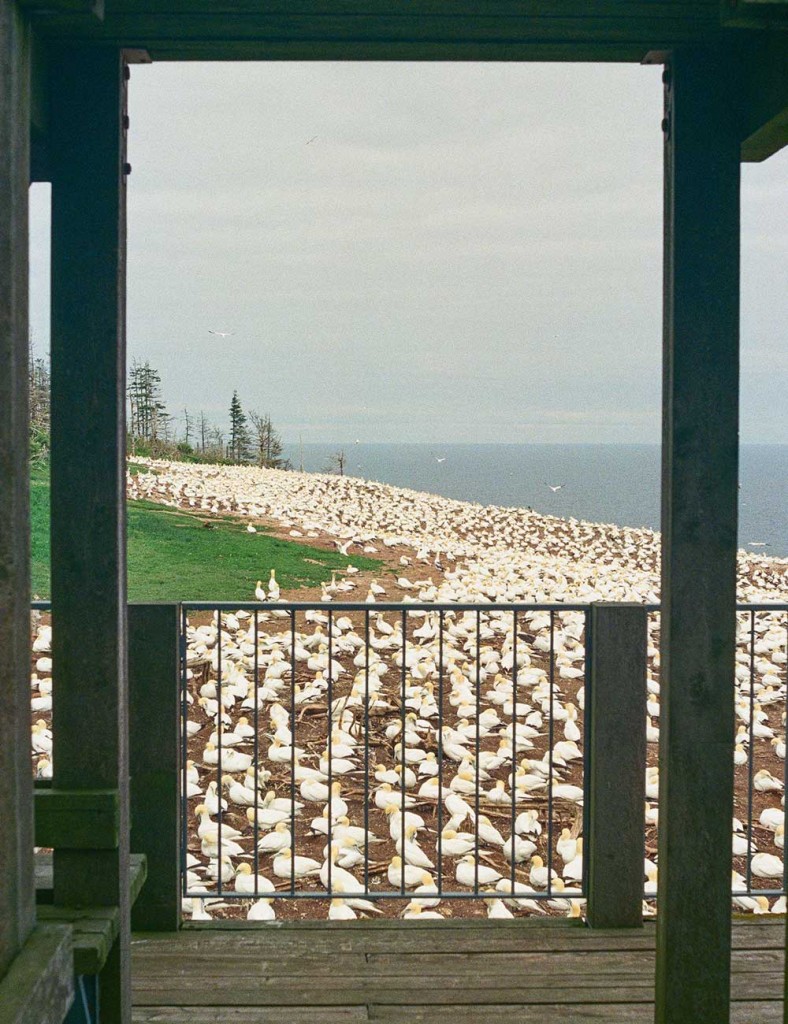
After you visit Parc national de l’Ile-Bonaventure-et-du-Rocher-Percé, you might want to sit down somewhere. You’ll be spoiled for choice: La Pointe has several microbreweries, all run by people who are happy to take the time to chat with you. In Val-d’Espoir, near Percé, Auval beer by craft brewer Ben Couillard has become legendary — almost as much as the Rock itself! Berries, honey, and ancient grains: Ben grows some of his raw ingredients in organic soil.
For sleeping accommodations, we suggest Nature Ocean chalets or the Riôtel Percé.
Good to know: On September 23, 24, and 25, in Percé, Rencontre Brassicole La Picole will bring together connoisseurs and lovers of good brews.
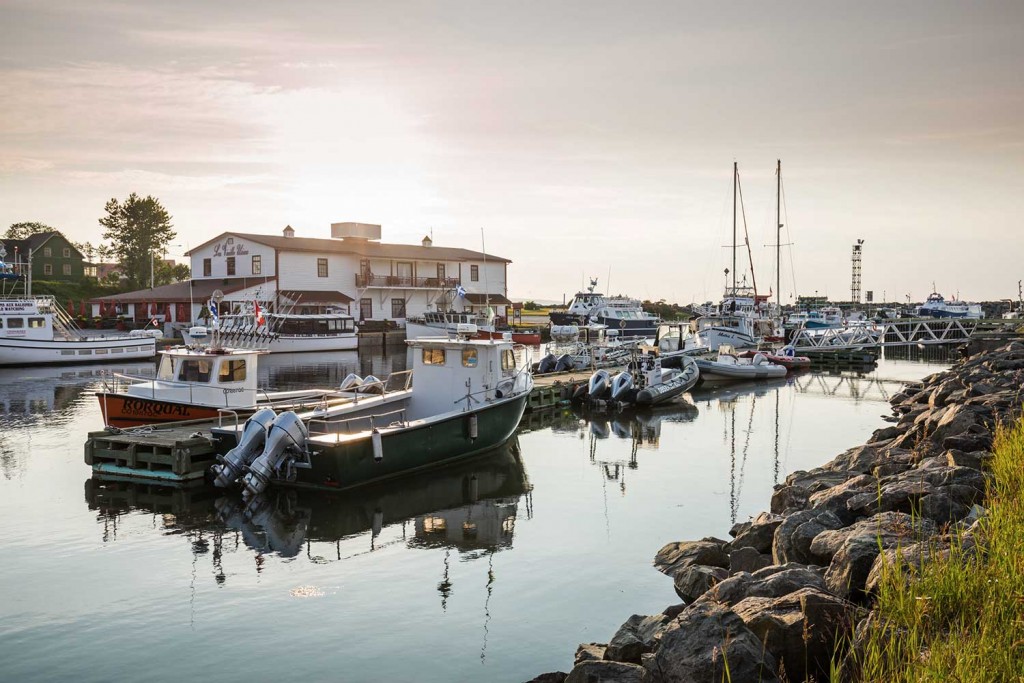
_____
Discover the village of L’Anse-à-Beaufils
This is a lovely hamlet near Percé. The heart of L’Anse-à-Beaufils is a fishing haven where a former cod factory has been transformed into a dynamic cultural gathering place: La Vieille Usine. You’ll discover exhibits and shows, not to mention art activities for children. Not far from there, local guides can show you around the Magasin Général Historique Authentique 1928 — a heritage jewel. And don’t forget the famed Pit Caribou microbrewery and its great patio!
_____
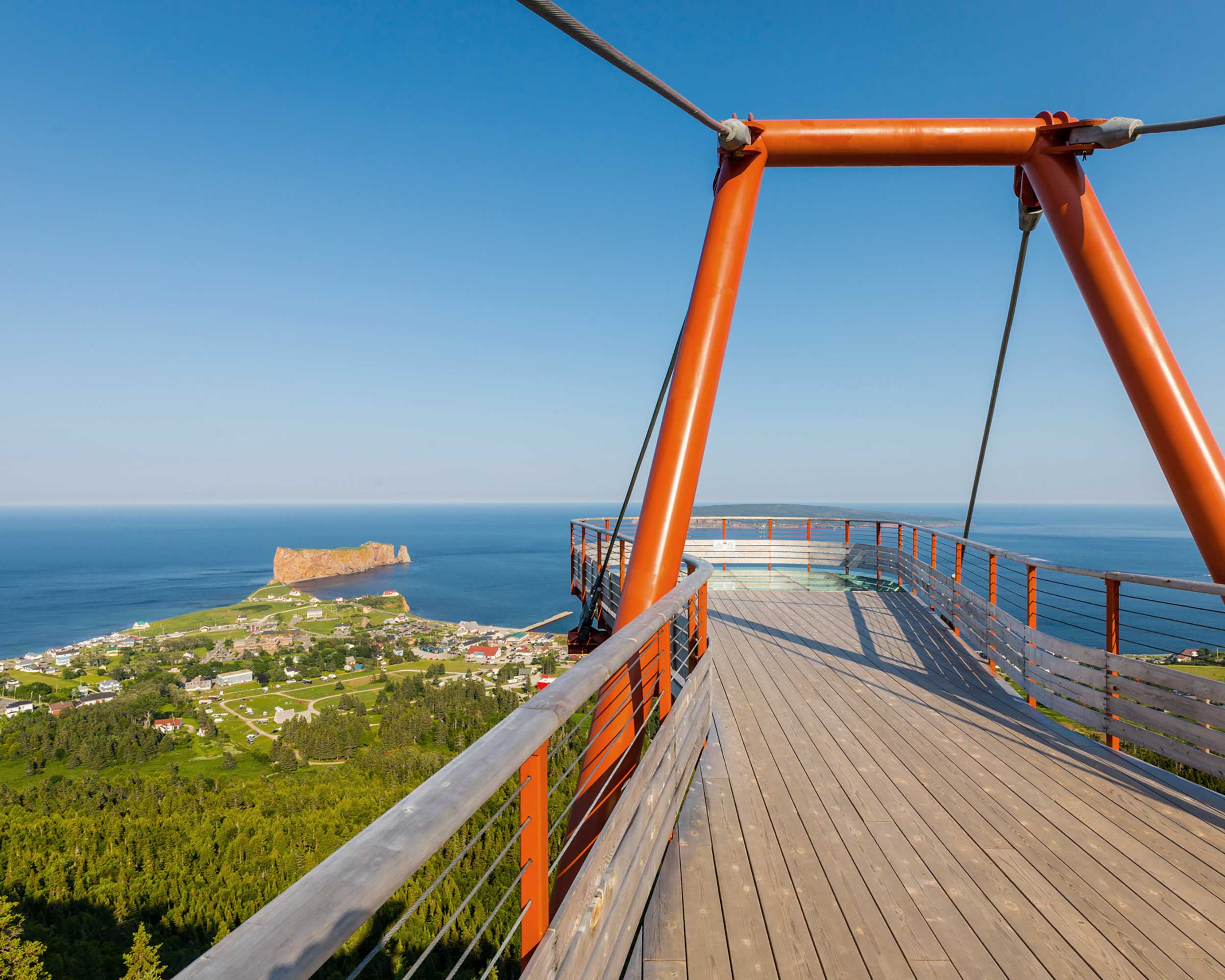
Day 4: Percé and its surroundings
___
Art, the outdoors, and local cuisine
In Sainte-Thérèse-de-Gaspé in mid-September, salted cod fillets are air-dried on fish flakes along the shore. This over-200-year-old technique is part of the Gaspé’s culinary culture. Want to see (or taste) it? It all happens at the Lelièvre, Lelièvre & Lemoignan seafood processing plant.
If you aren’t too afraid of heights, make your way to the Géoparc de Percé, where you can view the city from a glass platform built into an outcropping of a Mont Sainte-Anne cliff. For those who would rather keep both feet on the ground, the site also offers walking trails and other activities.
Several artists and craftspeople have studios or boutiques in Percé. We invite you to discover the work of Flavie Barberousse (painting), Mylène Henry (painting), Martin Boucher Arsenault (jewellery), and Guylaine Dubois (soap), a portrait of whom we’ve put together here.
If you’ve worked up an appetite, make your way to La Maison du Pêcheur. Chef Christophe Mamelonet is passionate about local products. You can admire Percé Rock while tasting his inimitable fish soup.
End your day — and your stay — with the Tapp-Deschamps family at Camp de Base Gaspésie, in Coin-du-Banc. Since 2017 this hostel has belonged to Pascale Deschamps and Jean-François Tapp, the high-energy parents of three children.

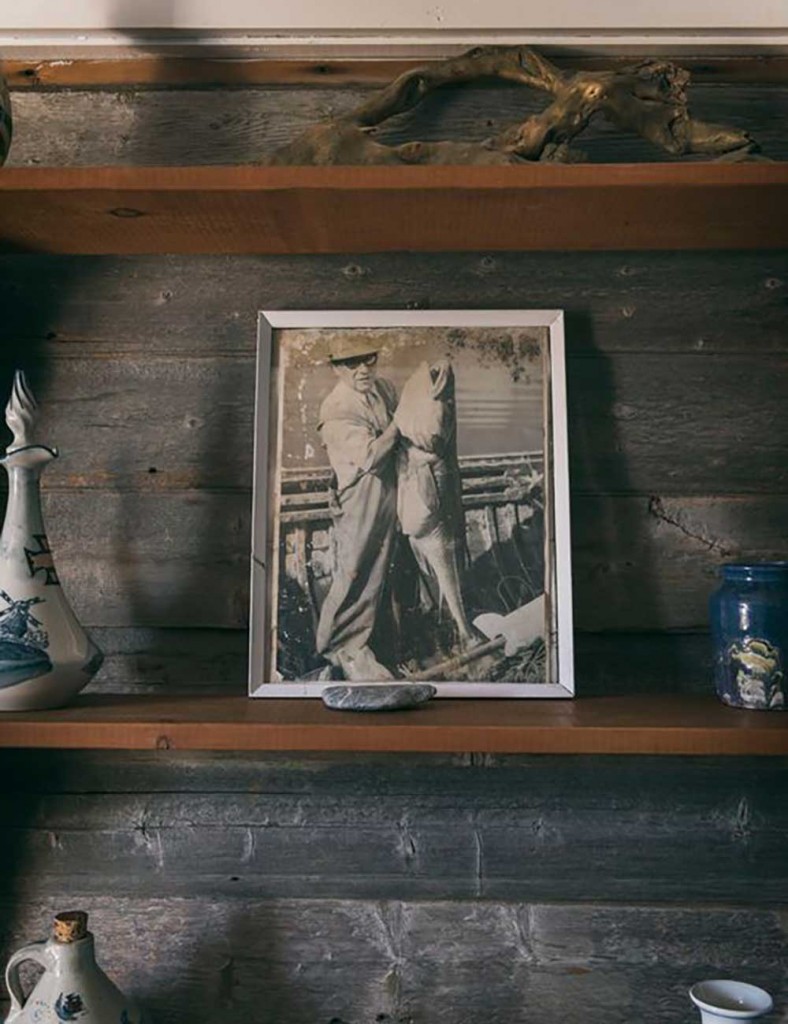
_____
Micro-portrait: Rachel Monnier
If you are passionate about the visual arts, you absolutely must visit the lovely Raoul & Simone boutique. Its owner, Rachel Monnier, travels the coastline and the mountains of Percé to collect samples of wildflowers and seaweeds. Back at her studio, she uses modified scanners to create pretty bouquets, which she then prints onto paper on canvas. “I want to amaze people, make them see the beauty in the little things. This will make them more aware of nature and want to pay more attention to it,” explains the artist, who makes a point of putting each of these treasures back where she found them. Rachel’s studio is located behind the boutique on Rue du Quai.
Rachel’s Top Tips: The best place in the area for nature walks, according to Rachel, is La Crevasse, an easy hiking trail where you can observe the process of erosion. Rachel’s partner, Sven Jaeckel, is Percé’s artisanal baker. He makes hand-kneaded sourdough bread. His bakery, Du Bon Pain, doesn’t have a storefront, but you can buy his products at Auval, among other places.
_____
Mélanie Gagné is always writing — even when she’s not. Whether on the shore, in the forest, on a mountaintop, or in an open-air market, she’s constantly recording her inspirations and attentive to the finest details. She divides her time between being a mother, a French-as-a-second language teacher, and a writer. She dreams of one day writing a collection of poetry.
Tourisme Gaspésie is a promotion and tourism development organization that aims to establish the Gaspé Peninsula as a major destination in Québec. With over 700 member companies, the organization is an indispensable reference tool to help you plan your trip to the region
Never Miss Another Issue
Two issues per year
25% OFF previous issues
Free Shipping in Canada
